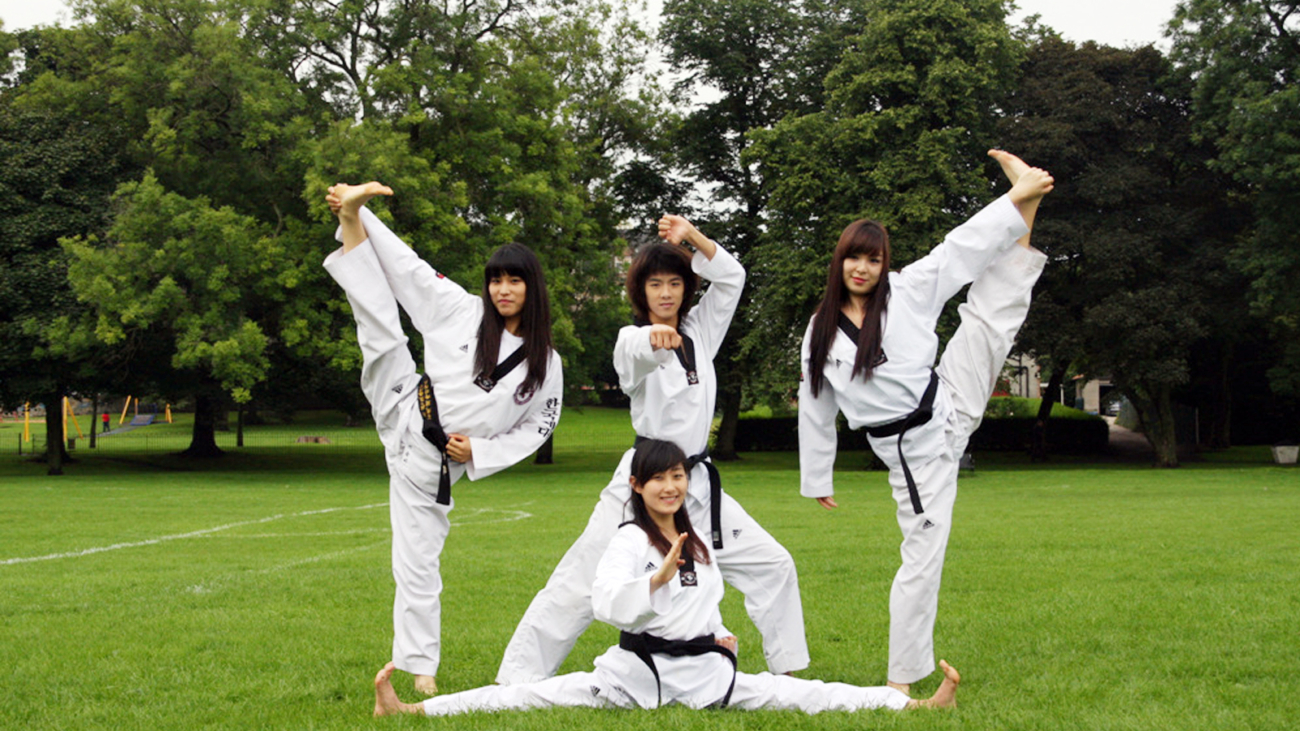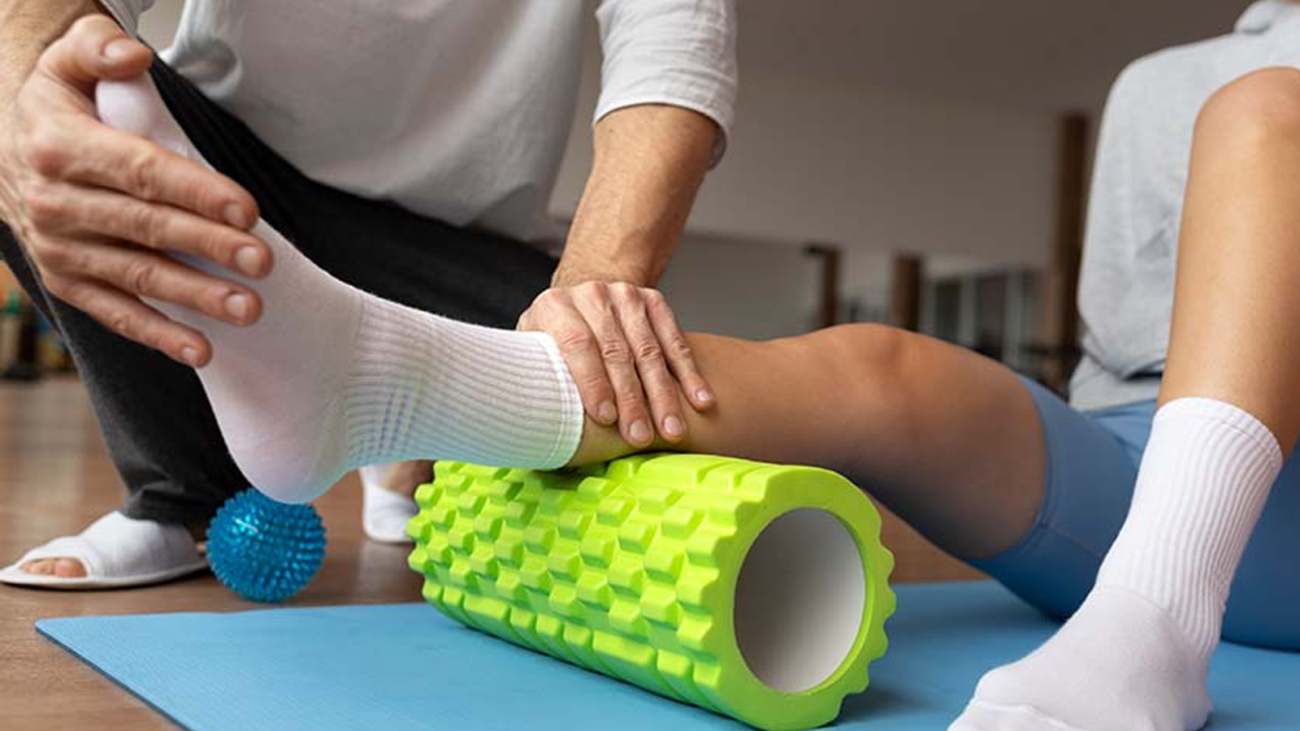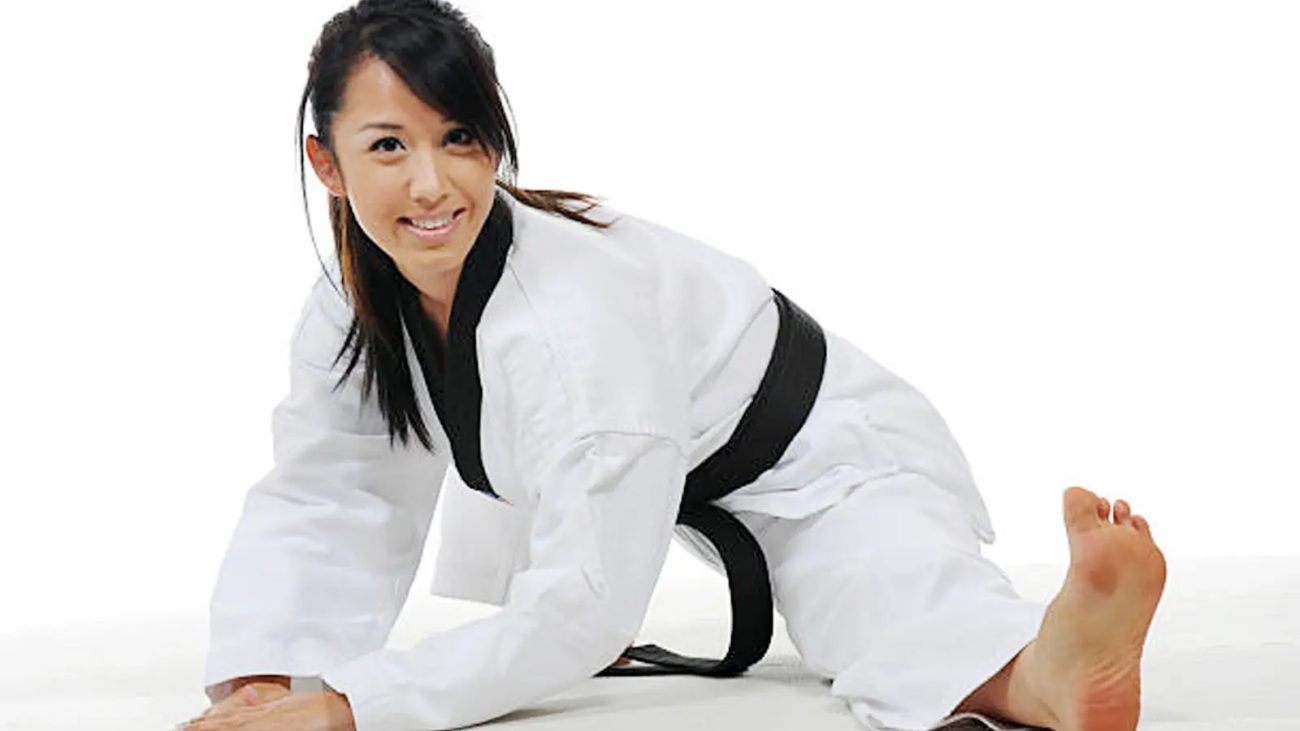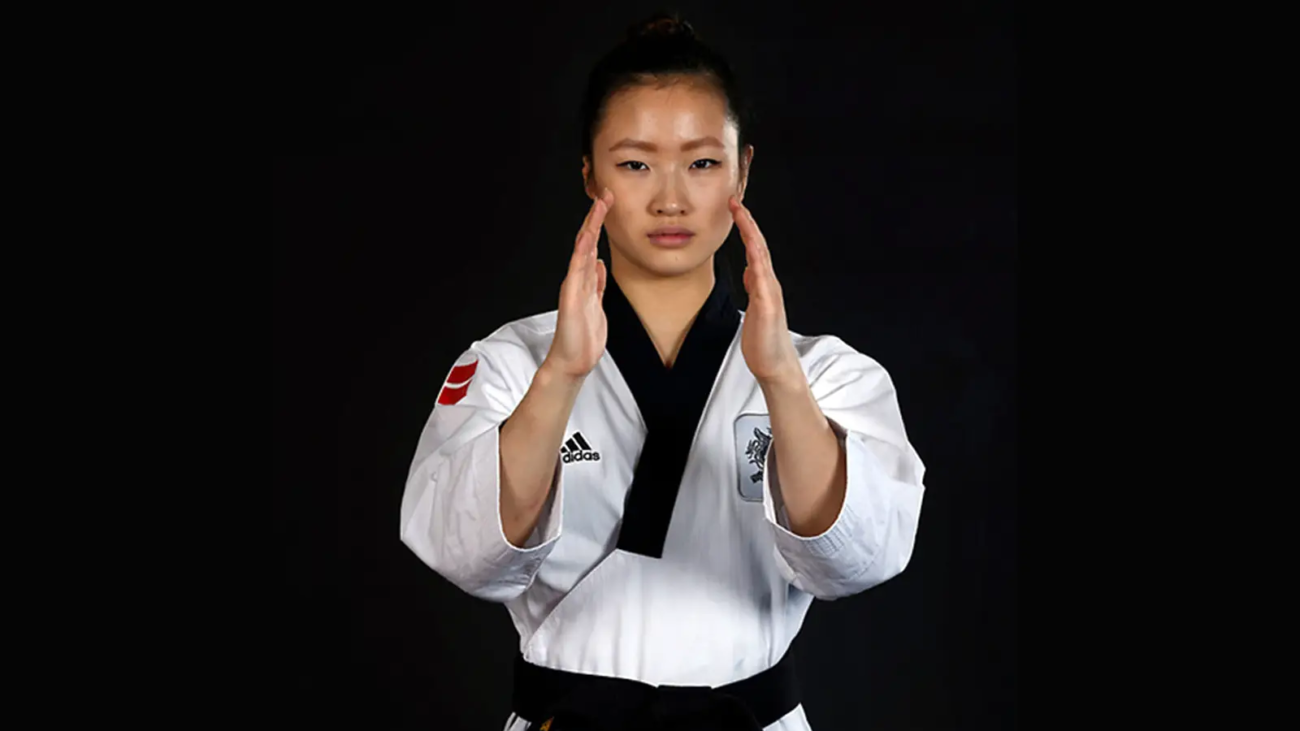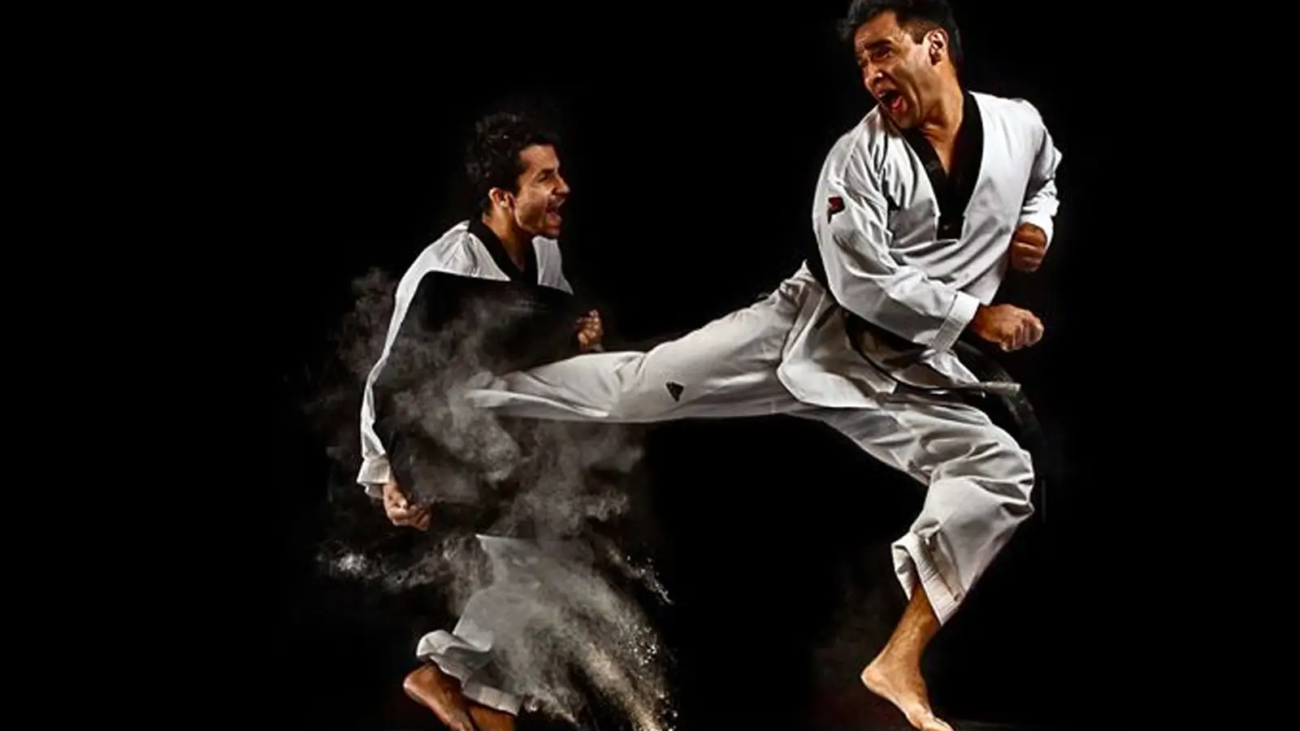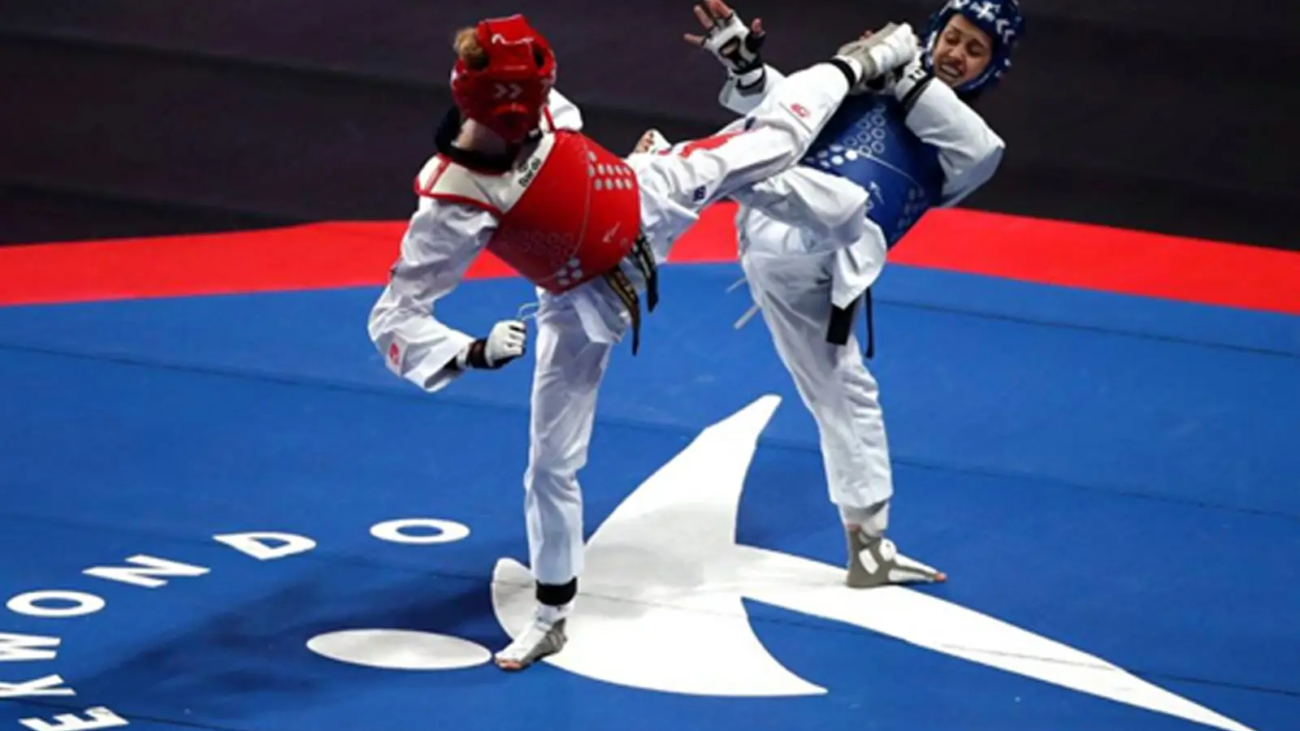Flexibility is essential to fitness, whether aiming for high kicks, injury prevention, or improving your overall range of motion. One of the most common flexibility goals is to achieve the splits, which require patience, consistency, and the proper techniques. In this blog, I’ll walk you through a step-by-step guide to help you reach your flexibility goals, whether a beginner or an experienced athlete.
Let’s dive in!
Why Flexibility Matters
Flexibility doesn’t just help you get into impressive positions like the splits and improves your overall performance in sports, dance, martial arts, and even day-to-day activities. More importantly, increasing flexibility reduces the risk of injuries by promoting better joint mobility and muscle balance.
The path to flexibility can be challenging, but you’ll get there with the right approach and persistence! So, how do you achieve those perfect splits? Follow along with these step-by-step techniques tailored for every skill level.
Step 1: Warm-Up – The Key to Success
Warming up is essential before starting any stretching routine. Stretching cold muscles can lead to injury, so take 5-10 minutes to get your blood flowing.
Here’s a quick warm-up routine:
- Light cardio (5-10 minutes): Jog in place, do jumping jacks, or use a stationary bike. This increases your heart rate and blood flow to your muscles.
- Dynamic stretching: Move your body through a range of motion to prepare your muscles. Try leg swings, hip circles, or lunges with a torso twist.
Once you’re warmed up, your muscles will be ready for deeper stretching and flexibility training.
Step 2: Beginner Stretches for Building a Foundation
Building a solid foundation with basic stretches is essential if you’re starting your flexibility journey. These stretches will loosen tight muscles and increase your range of motion.
1. Seated Forward Bend (Hamstrings)
- Sit on the floor with your legs extended straight before you.
- Flex your feet and reach forward with your hands, aiming to touch your toes.
- Keep your back straight, and feel the stretch in your hamstrings.
2. Lunges (Hip Flexors)
- Step one foot forward and drop into a lunge position with your back knee on the ground.
- Push your hips forward, stretching the hip flexors of your back leg.
- Hold for 30 seconds, then switch legs.
3. Butterfly Stretch (Inner Thighs)
- Sit with the soles of your feet pressed together, letting your knees fall outward.
- Hold your feet and gently press your knees towards the floor.
- Keep your back straight and breathe deeply.
These stretches are great for warming up the muscles you’ll need for the splits. Hold each stretch for about 20-30 seconds and repeat them 2-3 times.
Step 3: Intermediate Split Techniques
As you become more flexible, you can dive deeper into stretches that bring you closer to the splits. These intermediate techniques will help you make noticeable progress.
1. Half-Split Stretch (Hamstrings and Hip Flexors)
- Start in a kneeling position, then step one foot forward into a lunge.
- Slowly straighten your front leg while keeping your hips squared and your back flat.
- Reach towards your front foot and hold for 30-45 seconds on each side.
2. Pigeon Pose (Hip Flexors and Glutes)
- From a plank position, bring one knee forward and place it behind your wrist while extending the other leg back.
- Keep your hips square and slowly lean forward to deepen the stretch.
3. Frog Pose (Inner Thighs)
- Begin on all fours, then slowly spread your knees apart, keeping your feet in line with your knees.
- Lower your hips towards the ground while supporting yourself on your forearms.
Step 4: Advanced Split Techniques
For those comfortable with intermediate stretches, it’s time to focus on advanced techniques. These exercises are designed to help you achieve full front splits and middle splits.
1. Full Front Splits
- Start in a half-split position, gradually lowering your hips towards the floor as your flexibility increases.
- Keep your hips squared and support yourself with your hands if necessary. Hold the stretch for 30-60 seconds.
2. Middle Splits (Straddle Splits)
- Sit with your legs extended wide apart.
- Gradually lean forward, keeping your back straight, or slide into a standing straddle split. Hold the position for as long as you can, breathing deeply.
3. Over-Splits
- For advanced practitioners, use a block or elevated surface under one leg to stretch beyond a full split.
- Over-splits push your flexibility even further by stretching the muscles more intensely.
Step 5: Active Flexibility Training
In addition to passive stretching, active flexibility exercises help build strength while improving your range of motion. This is especially useful for dynamic movements like kicks or jumps.
1. Standing Leg Kicks
- Stand tall and swing one leg forward and backward in a controlled motion.
- Perform 10-15 reps on each leg to increase your dynamic flexibility.
2. Leg Holds
- Lift one leg as high as you can (front, side, or back) and hold the position using strength.
- Hold for 10-15 seconds on each side, focusing on control and balance.
Step 6: Consistency and Patience: The Path to Success
When it comes to achieving maximum flexibility, consistency is everything. Here are some final tips to keep you on track:
- Stretch daily: Flexibility requires regular practice. Aim to stretch every day, even if only for a few minutes.
- Hold stretches longer over time: As your flexibility improves, challenge yourself by holding stretches for longer periods, up to 1-2 minutes.
- Listen to your body: Never stretch to the point of pain. Flexibility is a slow process, and pushing too hard can lead to injury.
Step 7: Cooling Down and Recovery
After your stretching routine, cooling down is important to help your muscles recover and prevent stiffness. Light stretching or walking for a few minutes can help. Be sure to hydrate and give your muscles time to rest.
Final Thoughts
Flexibility is not a quick fix—it’s a gradual process that requires dedication and patience. By following this step-by-step guide, you’ll progressively improve your flexibility and work towards achieving full splits. Whether you’re a beginner or an expert, the key is to stay consistent, listen to your body, and enjoy the journey!
Now, it’s time to grab your mat and start stretching. Your splits are closer than you think!
Do you have any flexibility tips or experiences? Please share them in the comments below! Let’s support each other on the journey to achieving maximum flexibility.

